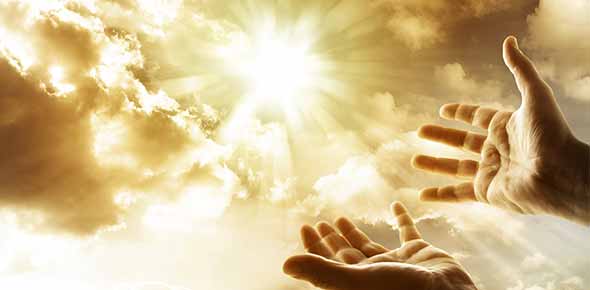Related Flashcards
Related Topics
Cards In This Set
| Front | Back |
|
Which socio-economic group is most likely to set the categories and the hierarchy?
|
Power - access to resources, authority; can ‘define the situation’ - orange kitty factor
|
|
Explain the statement: If you define a situation as real, it’s real in it’s consequences.
|
Sometimes we confuse our personal delusions as realities.
|
|
What is the distinction between a subordinate (minority) and dominant (majority) group (briefly)?
|
Relationship to power
|
|
What are the characteristic traits of a minority (subordinate) group?
|
1) Experience a pattern of disadvantage; inequality degree of disadvantage can vary (genocide, slavery to no left hand desks) 2) Group members share a trait/characteristic that is visible; that differentiates them as unique3) Group member identify as a group; self-conscious social unit 4) Ascribed membership (a person's status is given birth) 5) Tendency to marry within group (endogamous)
|
|
What are the various forms of discrimination?
|
Race, nationality, religious, cultural group, socio-economic
|
|
Describe why racial and ethnic groups are a social construct
|
Race and ethnicity are social constructs and therefore the consequences are social. Society determines what the groups are, where the boundaries are, what the hierarchies are).
|
|
What is stratification?
|
Unequal distribution of valued goods, services. Stratification is basic to almost all human societies (some make exception for hunting/gathering societies)
|
|
Karl Marx saw only two different classes: who were they
|
Proletariat (working class) - sold their labor for subsistence wages
Bourgeoisie (Elite) - owned the means of production (materials, tools, resources, organizations a society uses to produce, distribute, [usually unequally] goods & services). |
|
How did Karl Marx suggest would be a route to an egalitarian society emerging?
|
Marx perceived conflict as good since it can bring about needed social change...eventually this conflict would result in working class overcoming exploitation with a new, utopian, egalitarian society emerging.
|
|
What were Weber's 3 different, often overlapping stratification systems?
|
1) Ownership (control of property, wealth, income)2) Prestige (honor, esteem, respect) 3) Power (including decision making - ability to influence others, pursue own interests, goals)
|
|
How does Lenski elaborate on Weber & Marx's theory of inequality?
|
Lenski accepts Weber's premise of importance of class (property), prestige, power - includes that to understand stratification, we need to consider societal evolution (level of development)
|
|
What was the contribution of Patricia Hill Collins?
|
She elaborated on intersectionality - she believed that race, class, and gender should not be perceived separately, but rather are interlocked (think of the black woman applying to be a manager at Wal-Mart)
|
|
What is the distinction between wealth and income?
|
Wealth - having an abundance of moneyIncome - a consistent monetary reward for work/services
|
|
Why do we have differences in power?
|
To maintain competition, conflict - to control goods, services - can result in emergence of exploitation institutions such as slavery dominant-minority relationships due to desire to control valued resources .
|
|
List some visible traits that define boundaries across groups
|
1) race2) religion3) language4) occupation
|






